Choyong LC90 Internet Radio Review
- Ham Talk, Product Review
-
 Posted by Kate Lin
Posted by Kate Lin
- Leave a comment
--By E.T. Bryant
The LC90 makes an excellent gift for anyone who loves listening to music, news, or podcasts. It comes in a beautiful gold and black box, worth keeping.

Also included is the USB to C connector charging cable, wrist strap, and manual.

While the manual is not a large one it will give you all the information you need to use the radio. The radio is so easy to use that you may not need help, but Radioddity does provide support if you find you need it. You need to press and hold the power button for a few seconds to make the radio power on. The same procedure will power the radio off. Along with the power button, you have a button to lock the keys. To unlock them you just hit the button again. The Clock alert button allows you to set an alarm, schedule power on/off, and playtime limit.

You press the Setup button (which looks like a gear) which gives you access to settings for the Data SIM Card and SIM card selection. From Setup, you can turn the Wi-Fi on/off, view available Wi-Fi networks, and clean the Wi-Fi record. When selecting available Wi-Fi networks and your network if you have a passkey you will need to enter it. The LC90 only supports WAP/WAP2 security protocols, not WAP2/WAP3. Also, the radio will only connect to 2.4GHz networks. With Setup, you can set the backlight time, Auto play on/off, FM step, MW step, IMEI &MAC, Version info, Legal & Regulatory, and Restore factory settings. A word about the version info is currently on the Radioddity website they state the radios are being shipped with version 4.5 and that could change. My radio had 4.6 firmware. It performed an update to 4.6.2 that went smoothly, it warned me not to touch any keys while the update was performed. When the update finished the radio rebooted and came back on.
Next to the Setup button is the History button. You can press the History button to see a record of the stations you have listened to. If you see a station you have visited in the past you can select it from there. Or, you can add your favorite stations using the Favorite button (Heart). When you are playing a station you can press the Heart to add it. If you decide you don’t want a station in your Favorites you can press the Heart button again, then its heart icon on the display will be unselected.
The 2.5-inch diagonal LCD has a backlight and gives a clear view from any angle. On the right side of the screen are the FM, MW (AM), SW, BT, and TF buttons. The manual states for the BT button, a short press will allow you to enter Bluetooth mode so the radio will work as a Bluetooth speaker. I had problems getting the radio paired with my cell phone, but I assume when paired it would allow me to play music from my Android phone through the radio’s speakers. There does not seem to be an App available to work with the radio.
Under the display, the first button in the column on the left is the OK button (the manual calls this the Confirm button). The Music button displays a list of Internet radio stations for music. The Podcast button is for a listing of Internet radio stations holding podcasts. The News button has a list of Internet radio stations that broadcast news. The above buttons contain predetermined listings of stations.
The next column has the number buttons 1, 4, and 7. Also, there is the Add/Edit button for adding and editing websites of Internet radio stations to local memory. The manual, page 14, explains how to add an Internet radio website. The next column has the number buttons 2, 5, 8, and 0. Then the next column has the remaining numbers 3, 6, 9, and the VF/VM button. The VF/VM button has two options:
The first option – is to switch the input method when inputting the Wi-Fi password.
The second option – to switch the function of the tuning knob when working in regular radio mode.
VF – Switch frequency
VM – Switch saved frequency
In the next column, you will find a button with a C on it. That is the Return button for any time you want to go back to a previous screen. There is the Previous button for shifting to a previous song or channel. Then there is the Play/Pause button, and then there is the Next button. These buttons work well when you are listening to music you have saved on your micro-SD (TF) card. Speaking of the TF button, the manual mentions you will need to restart the radio after you have played your music from the SD card. But I have found once I performed the update I did not have to do that.
Under the TF button, you will find the TAG button. By pressing this button, you can select an Internet radio station by its tag, such as POP, News, Music, Rock, Classical, etc. Next is the Menu button. Once you press the Menu button the first item is Search. Pressing OK or pressing the button on the tuning knob will instruct you to press and hold the LANG button then speak the station you want to find. You can also have it search for categories of Internet stations, such as saying Christmas for a listing of stations playing Christmas music. I performed that search and a search of Native American music having to speak the phrase several times before the A.I. voice recognition found the correct category.
Under the Search option, you can select from Asia, Africa, Europe, South America, North America, or Oceania Internet radio stations. If you touch the Menu button and scroll down beyond Oceania you have SSB+ and SSB- listed. Here I have found the SSB+ to be the upper sideband (USB) and the SSB- to be the lower sideband (LSB). You can use the tuning knob or the fine-tuning knob to select the frequency you want. You can also use the number keys to select the frequency as well. These bands work best with ideal weather conditions and with an outside external antenna.
Aside from listening to all the stations mentioned above you can listen to more traditional stations such as FM (Frequency Modulation), MW (Mediumwave -AM), and SW (Shortwave). For shortwave, I recommend getting a shortwave antenna or if you have an external antenna you can connect it directly to the radio with a 3.5 mm connector.

You can try using the telescoping antenna that comes with the radio, but I have an external antenna like the one shown above in a diagonal across the ceiling of my den. These antennas are inexpensive usually less than $15. They can also clip onto the telescoping antenna. The manual that comes with the radio recommends using an external antenna for MW if you cannot pick up stations. For most local FM stations, you can pull them in with the telescoping antenna, however, to pick up more distant stations you will need an external antenna.
Looking at the right side of the radio you will find a Jack for plugging in your external antenna using a 3.5mm connector. You have the tuning knob with its center being the push button used for selection. Below the tuning knob is the fine-tuning knob. Its center button will let you change the step. The bottom knob is for changing the volume.
Under the radio, there are two slots. The first slot to your left is for the TF micro-SD card which can contain your MP3 music. The next slot is for a DATA SIM card which you can obtain from your cell provider. Doing some research on this depends on which provider you choose, and the plan offered.

The only information about the SIM card is found on page 7 of the manual. It simply states that the radio supports a Nano SIM card, and you will need to restart the radio after inserting the SIM card. Doing an Internet search provided me with an explanation that a SIM card would give your device access to different networks and keep you online without Wi-Fi. This would mean you could access Internet radio stations while at a park or on the road during vacation.
There is also internal battery access at the back of the radio. Charging fully with the supplied USB cable seemed to take from 6 to 8 hours. However, the radio will play for a very long time. Even after several days of playing, I am still showing a full charge.

I had not thought much about Internet radio before the LC90 but now I am hooked. Internet stations come in clearly and without static. I thought my saved music on an SD card sounded pretty good on other radios I have. But the 15-watt stereo speakers on the LC90 give crystal clear sound. It is almost like the person is in the same room as me. I highly recommend this radio for yourself or as a gift.
![Radioddity GD-168 [OPEN BOX] - Radioddity](http://radioddity.myshopify.com/cdn/shop/files/GD-168_1600x1600_3922a234-2fe4-4b80-8282-3f6d17a10d71.png?v=1762470234)

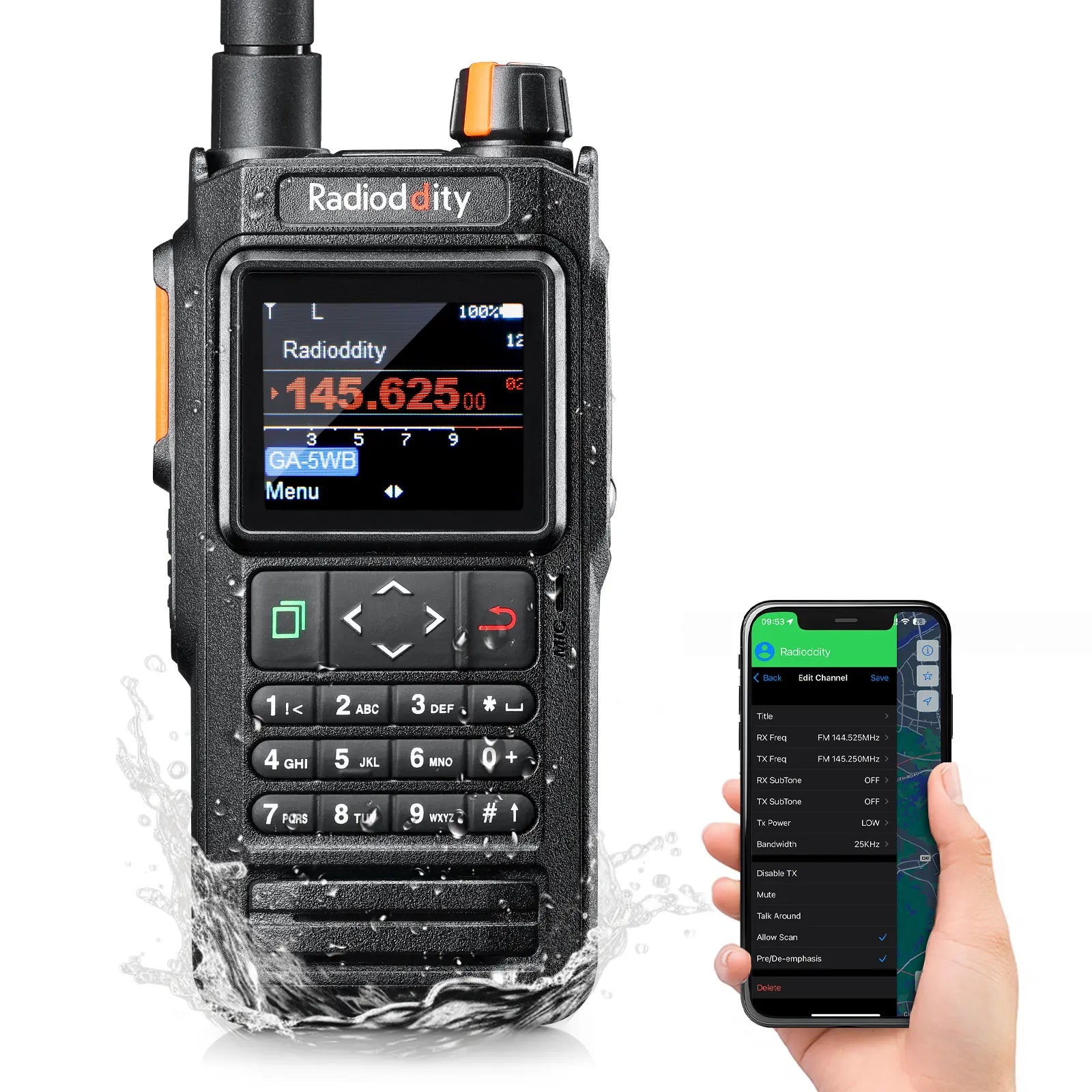








![Baofeng GT-5R 5W Dual Band Radio [Upgraded Legal Version of UV-5R] - Radioddity](http://radioddity.myshopify.com/cdn/shop/products/GT-5RImage.png?v=1762459898)
![Baofeng UV-5R PLUS [5 Colors] | DUAL BAND | 4/1W | 128CH | FLASHLIGHT - Radioddity](http://radioddity.myshopify.com/cdn/shop/products/3_58c037e1-560a-4c85-bd75-67c202269d29.jpg?v=1762457615)










![GA-2S UHF Long Range USB Two way Radio [2/4/6 Packs] - Radioddity](http://radioddity.myshopify.com/cdn/shop/products/5_96d2d28c-8609-4f29-926b-d423141df2f4.jpg?v=1762457835)



![Baofeng BF-888S [2 Pack] | UHF | 5W | 16CH | CTCSS/DCS | Flashlight - Radioddity](http://radioddity.myshopify.com/cdn/shop/products/1___1___1.jpg?v=1762457605)
![Baofeng GT-1 [2 Pack] | UHF | 5W | 16CH | Flashlight | FM Function Two-Way Radio - Radioddity](http://radioddity.myshopify.com/cdn/shop/products/ia_100000006122.jpg?v=1762457668)


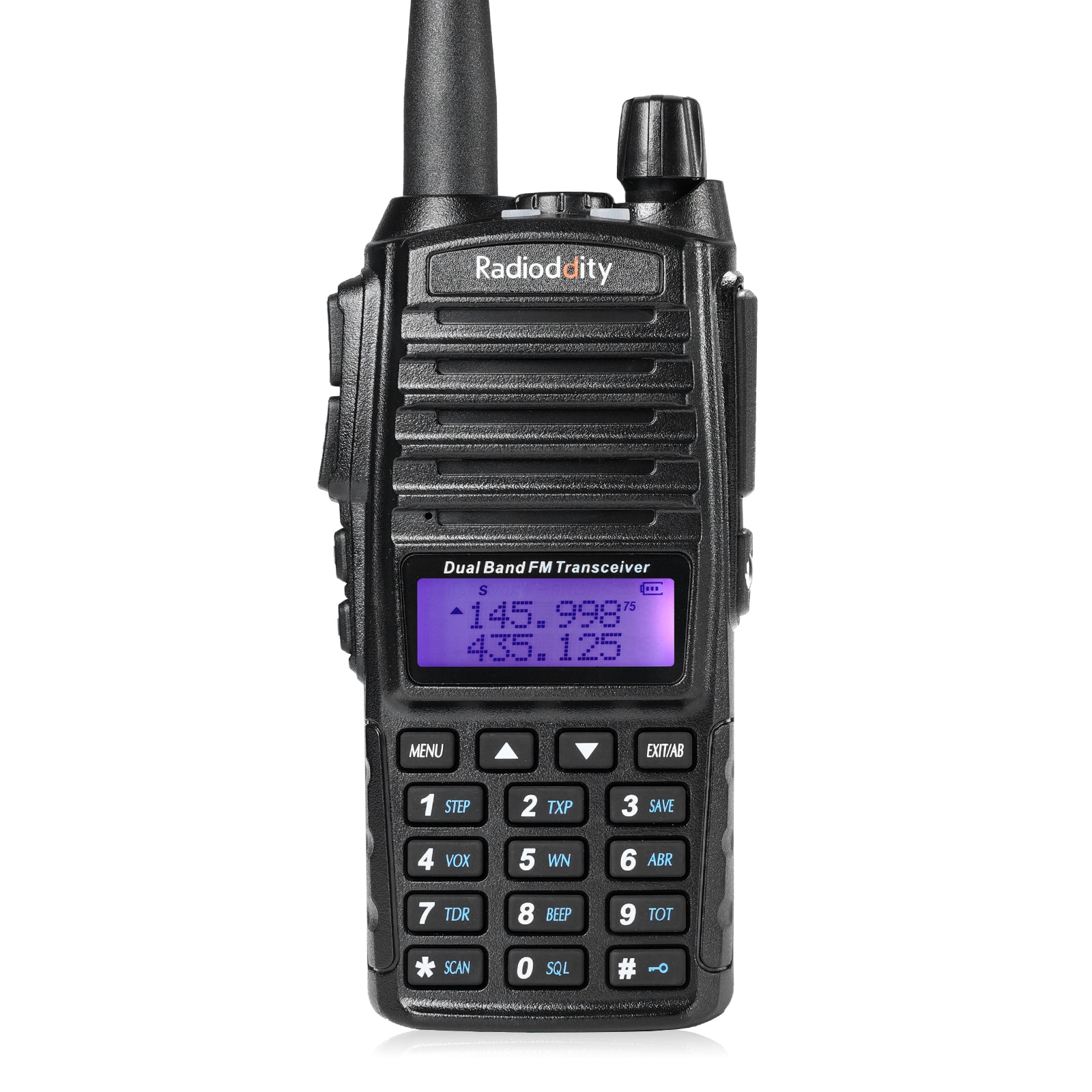




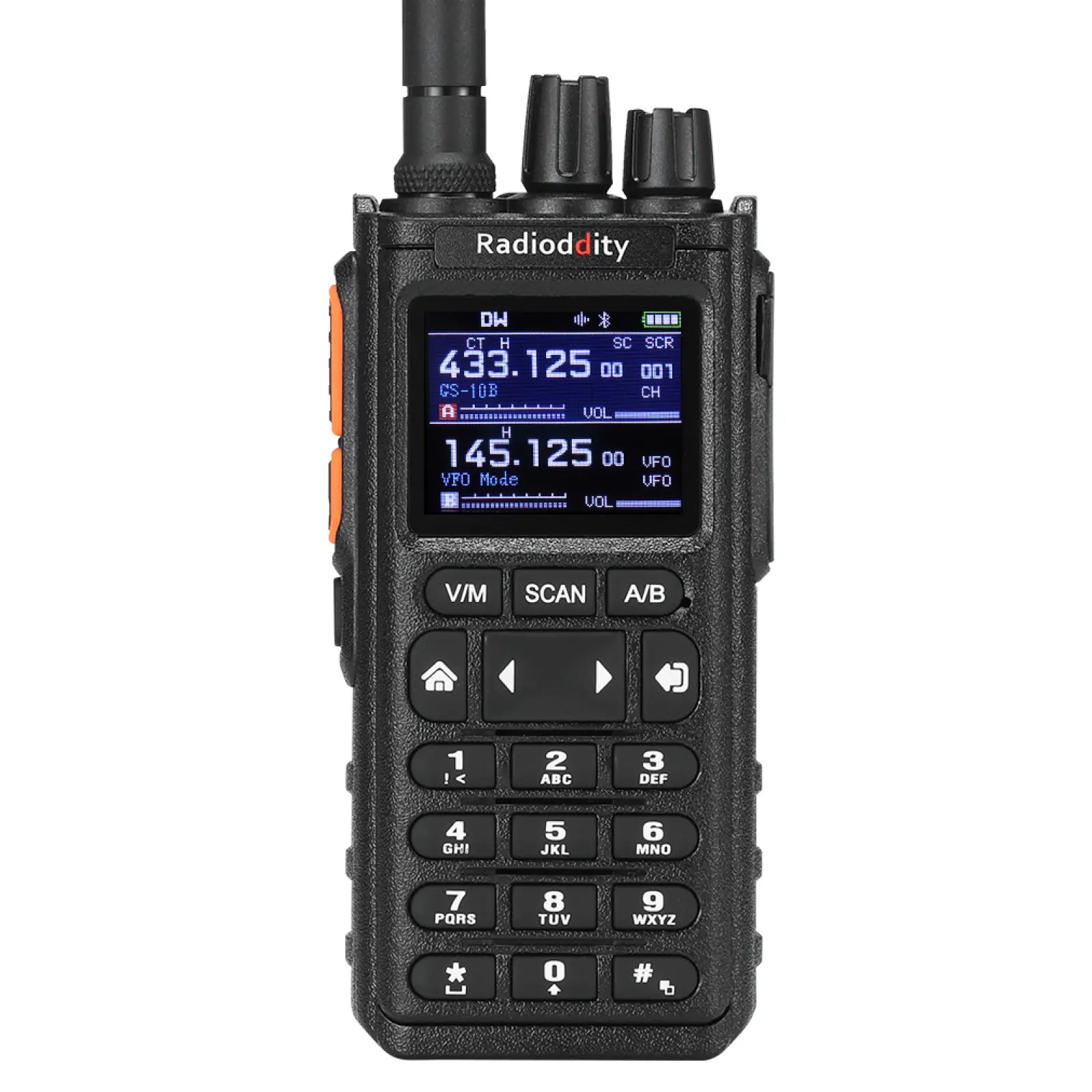
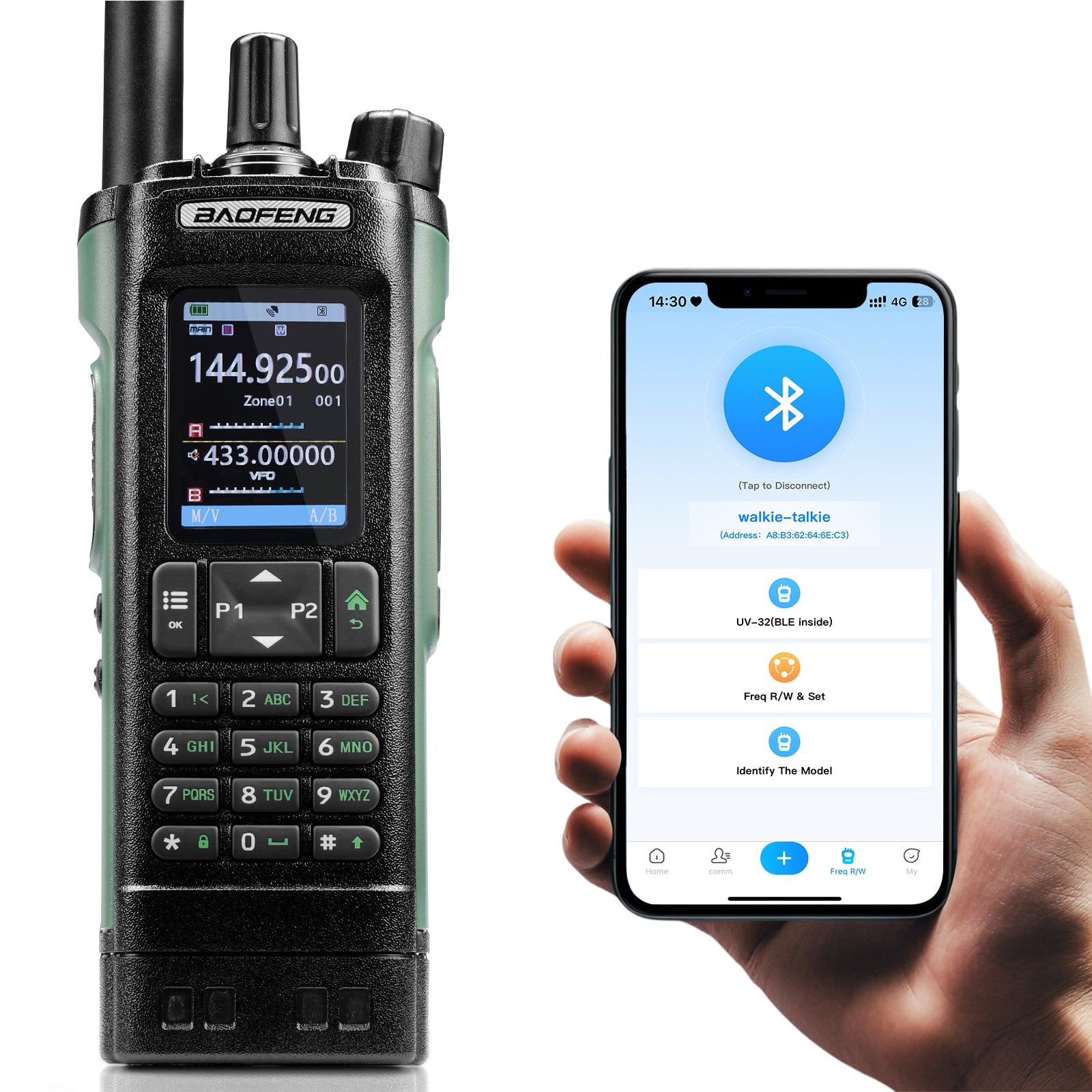
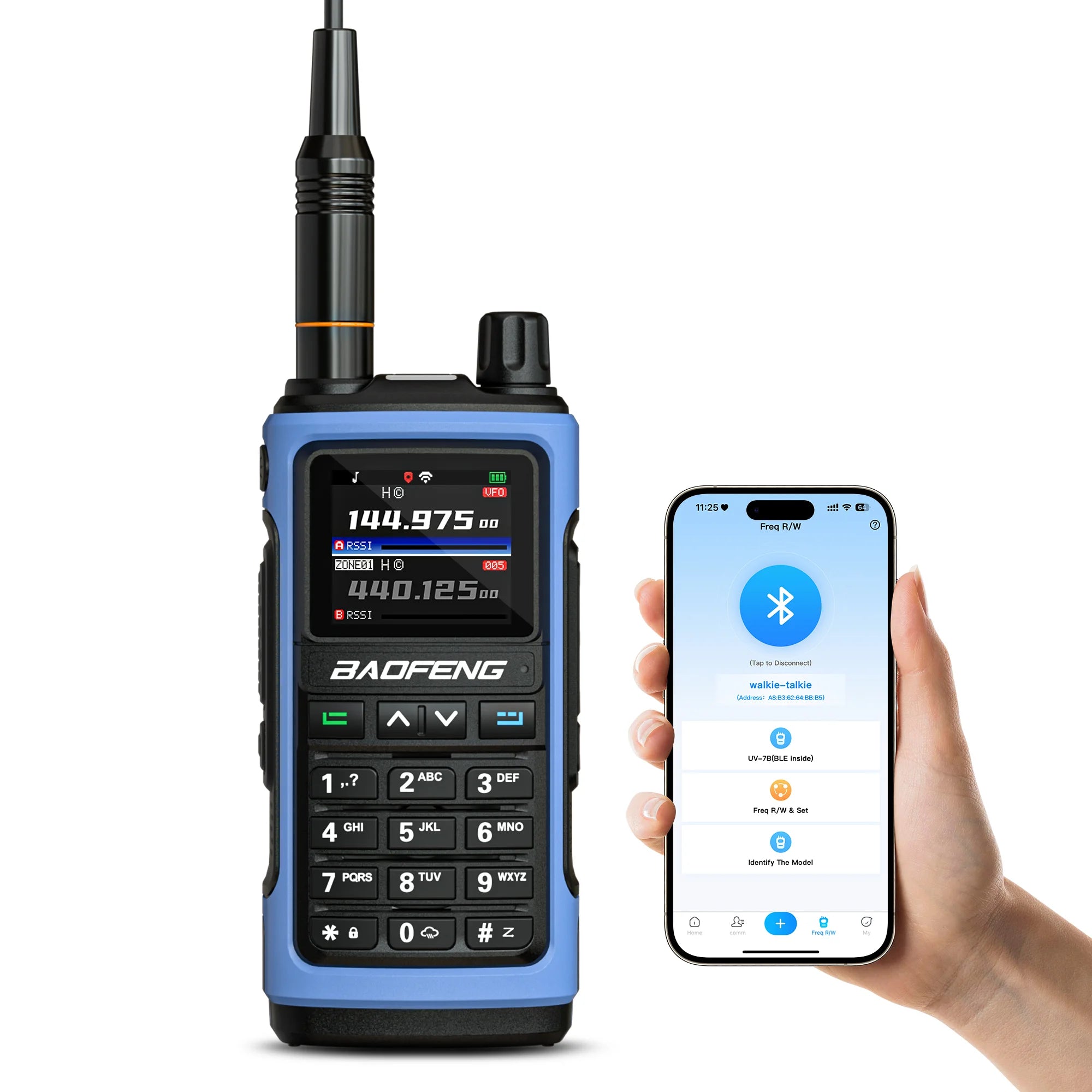










2 comments
Max Ingram
Interesting radio. Great on internet radio. Very low sensitivity on AM and FM when using telescopic and ferrite rod antenna’s. Great with external duel telescopic fitted.
Seth Williams
Received my LC90 a couple weeks ago. I immediately installed the latest update, 4.7.1. This update allows you to speak the name of podcast you are looking for and it will search for it. Needless to say, I am loving this radio.